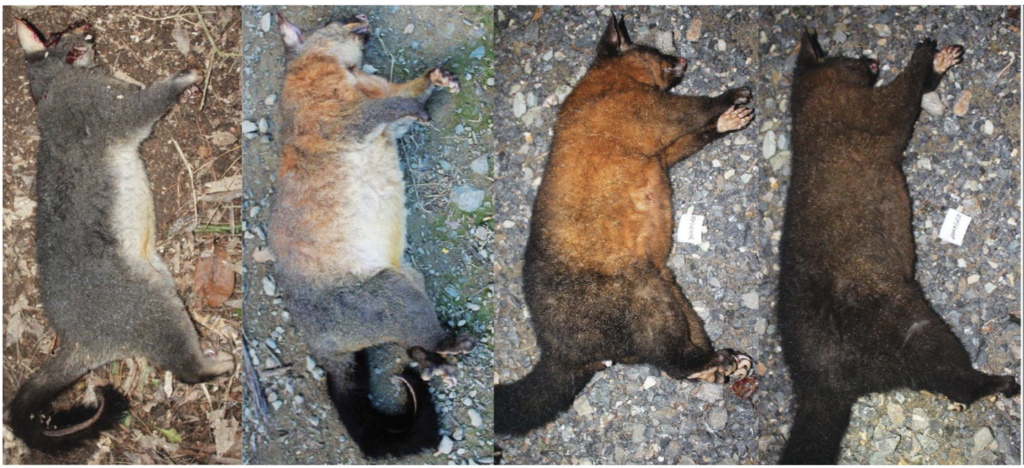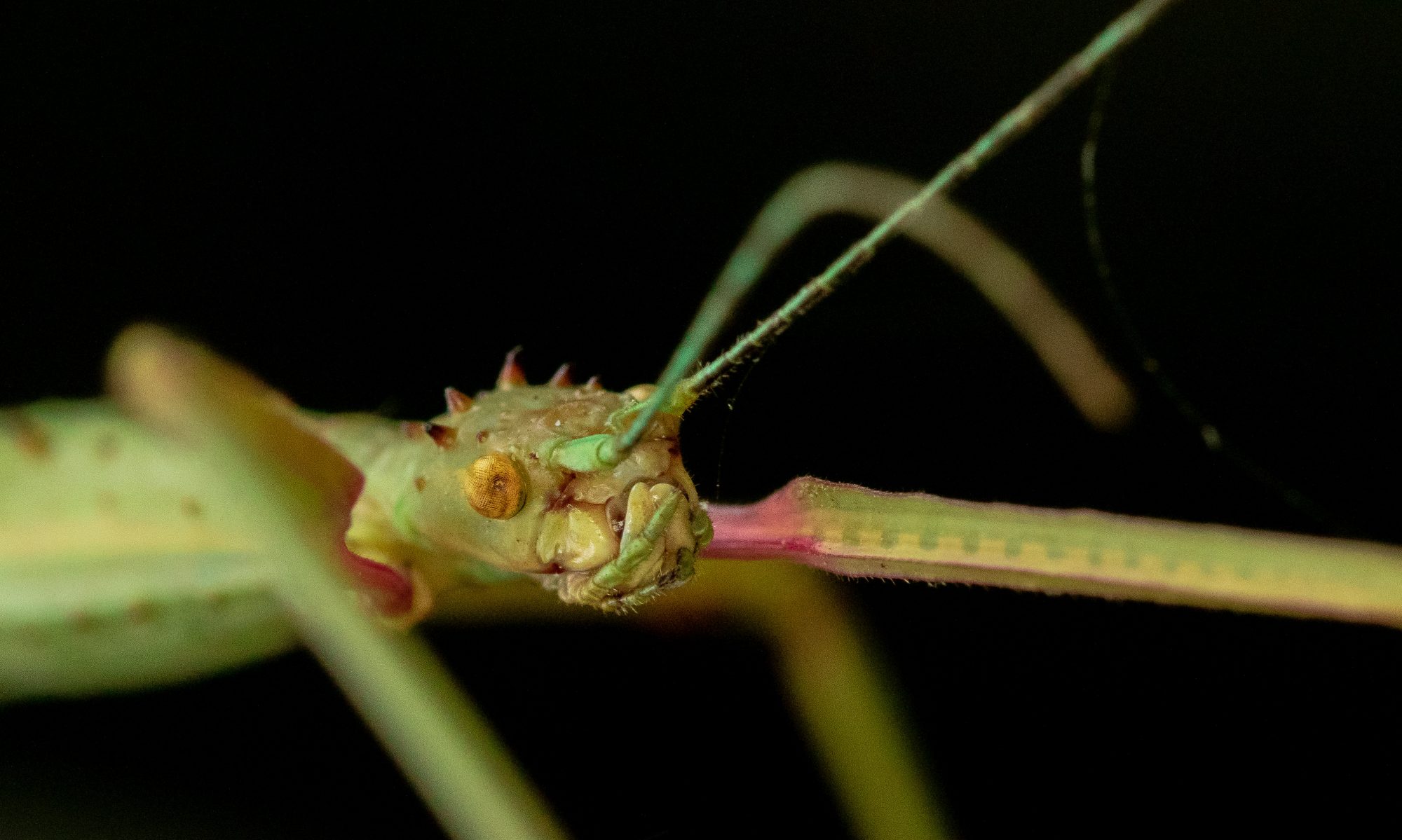Brushtail possums (Trichosurus vulpecula) are one of the most troublesome pests in New Zealand and despite the governments ‘PredatorFree2050’ aspirations we are a long way from eradicating this invasive species. The very effective use of synthetic fluoroacetate (1080) poison has short-term impact on total numbers.
Invasive pests commonly result from accidental introductions or opportunistic colonisation involving few individuals, but Acclimatisation societies worked assiduously to import and release brushtail possums throughout the country.

and 1952. Black possums (dark blue cross) and grey possums (grey fill) are indicated where known.
Inset map shows locations of first introductions from Tasmanian (dark blue) and Australian (grey) importations made between 1837 and 1898. Pattabiraman et al. 2025
‘We shall be doing a great service to the country in stocking these large areas … with this valuable and harmless animal’ reported the Auckland Acclimatisation Society in 1917. New Zealand forest were considered to be under utilised and a widely held belief was that a valuable fur trade would result from possums. The legacy of this naivety is a species that damages New Zealand agriculture, tourism, biodiversity and ecosystem resilience through transmission of bovine TB, spread of bacterial pollutants to waterways and destruction of native animal and plant populations.
A view of the current success of possums in New Zealand can be found here: PossumNZ
The efforts of the individuals and societies primarily in the latter 19 Century equipped the invasive New Zealand possum population with huge genetic diversity. Multiple origins of the possums in Australia are evident from the variation in fur colours, that reflect different subspecies. Release in New Zealand created a genomic melting pot that enabled mixing of of these variants which freely interbreed. Evidence for this mixing comes from population genetics, and analysis of morphological evidence that show a continuum in variation.

Fur colour is probably of little consequence to possum survival in New Zealand but it provides a visual clue of genetic diversity. Possibly the most concerning genetically controlled attribute of brushtail possums for New Zealand is in there potential to tolerate high levels of 1080 poison.
So far, the fact that possums came from southeast Australia and Tasmania has benefited control measures as possums in those areas have low tolerance of natural 1080 because it is rare in the plants they eat. The genomic potential for resistance is obvious from possums in Western Australia that eat plants that naturally have high 1080 levels. WA possums have high tolerance of the poison. See POSSUMS STOMACH 1080

Remarkably, since the 1980s no new data have been obtained that directly tell us how tolerant of 1080 possums in New Zealand are. In fact the research done in the development of 1080 baits in New Zealand has never been published and only summary data are available (captured in table above).
Watch this space…
